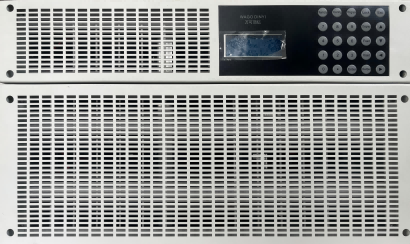low voltage ridethrough test
The low voltage ridethrough (LVRT) test is a critical evaluation procedure designed to assess the resilience of power generation equipment, particularly in renewable energy systems, during voltage dips in the electrical grid. This sophisticated testing methodology simulates real-world grid disturbances to ensure that power generation systems can maintain stability and continue operating during temporary voltage drops. The test typically involves subjecting the equipment to controlled voltage sags of varying depths and durations, monitoring its response, and evaluating its ability to maintain connection and resume normal operation. During the test, advanced measurement systems record crucial parameters including voltage profiles, active and reactive power outputs, and system frequency responses. The technology incorporates state-of-the-art power electronics and control systems that can precisely replicate grid fault conditions while ensuring the safety of the equipment under test. Applications of LVRT testing span across various sectors, including wind turbines, solar installations, and other grid-connected power generation systems. This testing is particularly vital for ensuring compliance with grid codes and international standards, which increasingly require generation units to demonstrate robust LVRT capabilities before grid connection approval.




